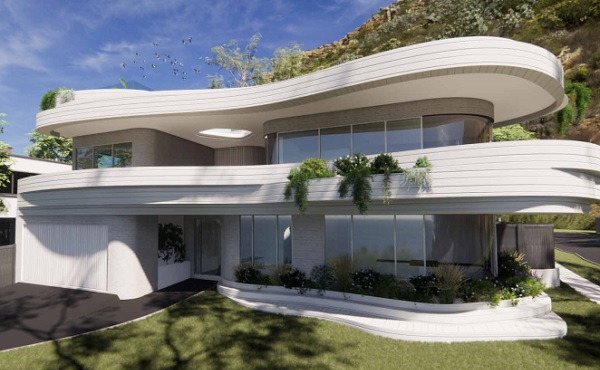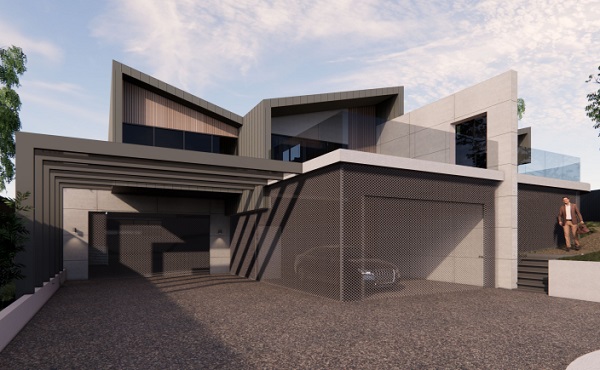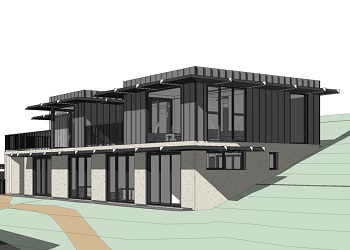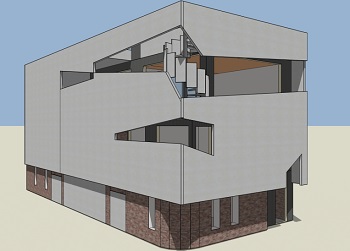VURB
VURB (Verification Using a Reference Building) demonstrates compliance with residential energy provisions of the National Construction Code (NCC) by verifying that your proposed building with your preferred insulation and glazing uses less heating and cooling energy than the NCC Reference building. It allows for utmost flexibility by using hour-by-hour energy modelling software and results in reducing construction costs (e.g. glazing) compared with the NatHERS Rating or Deemed to Satisfy method.
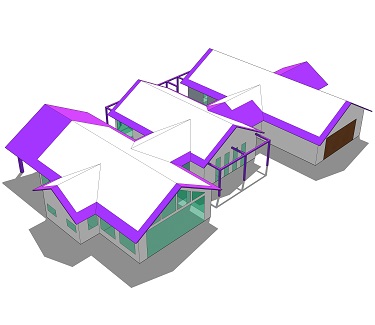
Who Benefits from VURB Assessment?
VURB method shows promise where:
Too Good To Be True?
How do we do VURB here at Energy Compliance Consultants?
1. Model the geometry of the house as per the final architectural plans
2. Apply heating and cooling setpoints and heat gains as specified in NCC.
3. Apply schedules for people, appliances and HVAC operation.
4. Use the ABCB Glazing Calculator to calculate the Performance Requirements for the glazing.
5. Apply minimum DtS insulation requirements to the building fabric. Save the model “Proposed building based on DtS requirements”.

Fact: Under NCC 2022, the reference building model must match the proposed design, using the minimum building fabric performance values specified in Housing Provisions Part 13.2. However, under NCC 2019—which remains applicable in Tasmania—the reference building differs from the proposed model in certain aspects:
- Ceilings not higher than 2.4m.
- Roofs pitched at 23 degrees with no skylights.
- Concrete slab on ground.

6. Apply the above facts to step 5 and call it “Reference Building”. Run the model and calculate annual heating and cooling demand.
7. Minimize the building cost for the “Proposed Building”. We may do this with low-cost thermal improvements, such as adding insulation to the model from Step 5. Other low-cost means are shading size optimization or the addition of shading devices to offset summer heat gains. If glazing cost is not the biggest concern, modify the cost minimization strategy.
8. Run the Proposed Building. The Proposed Building is deemed compliant if its heating and/or cooling demand is less than the Reference Building.
9. Iterate & optimize improvement to the Proposed Building in step 8 until you get to the sweet spot that offers the highest cost-saving.
10. Complete the report.

Too Good To Be True?
How do we do VURB here at Energy Compliance?
- Model the geometry of the house as per final architectural plans
- Apply heating and cooling setpoints and heat gains as specified in NCC.
- Apply schedules for people, appliances and HVAC operation.
- Use NCC Glazing Calculator to calculate minimum requirements for the glazing and assign them.
- Apply minimum DtS insulation requirements to the building fabric. Save the model “Proposed building based on DtS requirements”.
- FACT: NCC 2019 assumes an efficient standard Australian house should have:
– Ceilings not higher than 2.4m.
– Roofs pitched at 23 degrees with no skylights.
– Concrete slab on ground.
Apply the above facts to step 5 and call it “Reference Building”. Run the model and calculate annual heating and cooling demand. - Minimize the building cost for the “Proposed Building”. We may do this with low-cost thermal improvements such as adding insulation to the model from Step 5. Other low-cost means are shading size optimization or addition of shading devices to offset summer heat gains. If glazing cost is not the biggest concern, modify the cost minimization strategy. Addition of insulation to other parts of the building can reduce the high-cost added insulation to the existing walls.
- Run the Proposed Building. The Proposed Building is deemed compliant if its heating and/or cooling demand is less than the Reference Building.
- Iterate & optimize improvement to the Proposed Building in step 8 until you get to the sweet spot that offers the highest cost-saving.
- Complete the report.
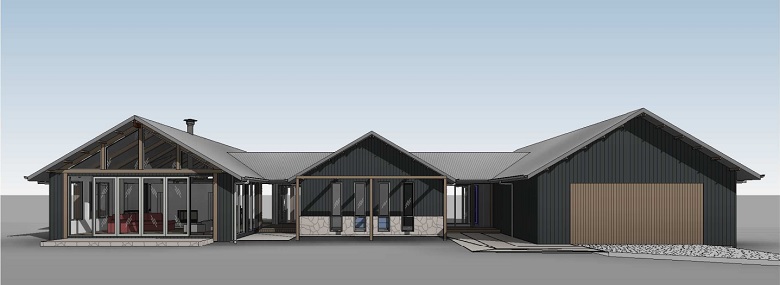

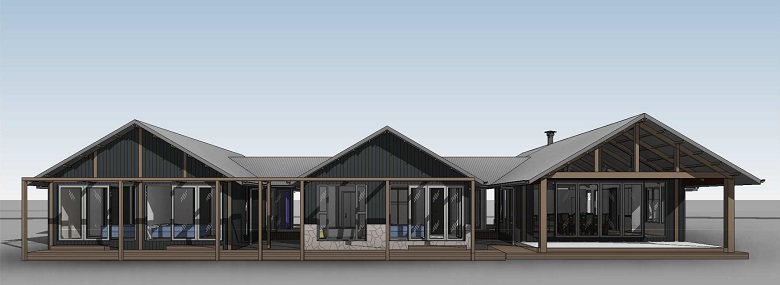
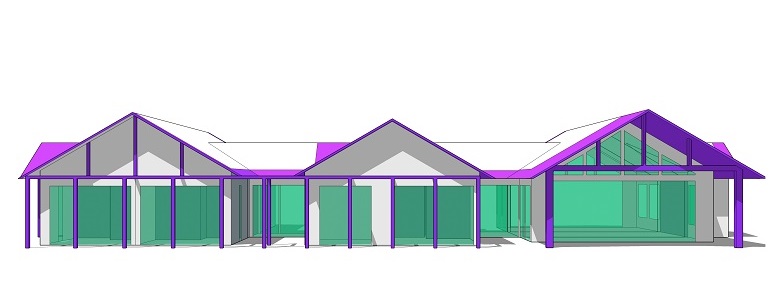
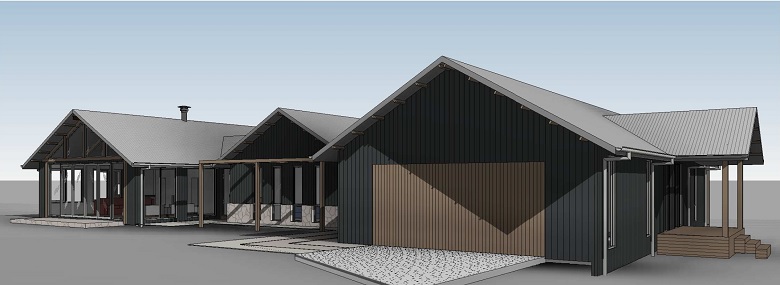
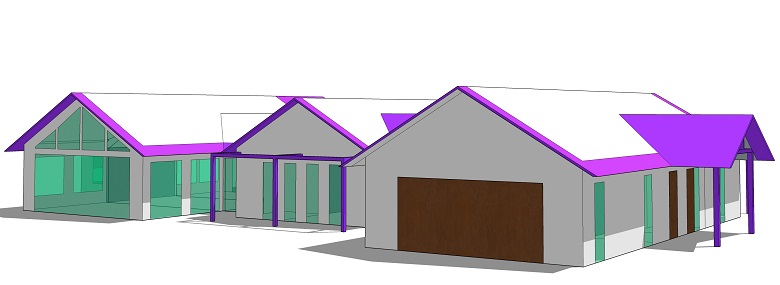
Do I need VURB or NatHERS Rating?
Whenever you are building a new residential dwelling or undertaking a major extension or alteration to your existing house, you’ll have to obtain a building permit from your governing council. In the process, you may come upon some difficulties regarding energy efficiency compliance for your development. Difficulties emerge from the high cost of building insulation and/or glazing to comply with the code. This includes, for instance, installing double or triple-glazed windows or adding insulation to an existing wall.
So how do you overcome this problem? Or, in a better sense, how could you get your building permit while reasonably reducing your construction costs? VURB is a method proposed by NCC Vol 2.0 as a Performance Solution method of compliance that may suit your project condition.
Can you use VURB for commercial buildings?
Yes, and No! VURB is a term NCC uses as an alternative solution for residential buildings (Class 1 buildings, to be more accurate). For commercial buildings, NCC refers to an alternative solution called JV3 modelling, which is similar to VURB with fewer restrictions and easier compliance.
Click here for more information on NCC building classes.
What are NCC compliance methods for a residential building?
There are three ways to demonstrate energy compliance for your residential building:
- Elemental Provisions: there exists a set of prescriptive provisions for insulation of building fabric, glazing thermal performance, building sealing and air movement. The only drawback of this approach is that it is very rigid; therefore, you cannot change any of the required provisions. This approach is generally called DtS elemental provisions.
- Energy Rating: This method is another DtS method of demonstrating compliance for energy efficiency under NCC. This method considers a building to be deemed to comply with NCC energy efficiency provisions, provided the building obtains at least a 7-star rating from one of the NatHERS accredited tools.
Cons of the above DtS approaches: The outputs of the above DtS approaches are proven to increase the cost of construction. This is certainly true for buildings with large floor areas or a large ratio of glazing to floor areas.
- Verification Using a Reference Building (VURB): This method allows for a more realistic energy modelling of a building. The energy assessor undertakes VURB through an energy modelling software capable of analysing the energy demand of the house in an hourly manner. Due to this hourly analysis and the various realistic inputs from the actual house, the results of this method (if done professionally) are deemed to address a meaningful energy demand of the house. In this approach, different elements of the house (e.g. windows and roof) are integrated in a way that the whole building is assessed holistically.
Take the example below from our past experience, using this method:
Residence at Marengo
NatHERS rating with U2.7 windows (double glazed, thermally broken):
Residence at Berwick
NatHERS rating with U1.5 windows (triple glazed, thermally broken):
What are VURB Pros?
Reduction in construction costs (especially glazing)
Energy modelling tools account for heat stored or released from the ground:
The soil beneath the slab works like a thermal battery that stores and discharges heat from the house. Therefore, it has a great capacity to offset the heating or cooling demand of the house. Thermal mass is more accurately considered in the VURB method. Hence, buildings with a slab on ground have a higher chance of having a cheaper construction cost with VURB.
Holistic integration of building zones and their fabrics and glazing:
Energy modelling tools allow for a more complex integration of building elements in energy balance, and hence the model may represent a deeper sense of obtaining building energy demand. For example, solar heat gains from a large window can be transmitted inside the room and absorbed by the concrete slab with a high thermal mass. In the sun’s absence, the heat is then transformed back into the zone and offsets heating demand. Therefore, large north glazing, to a degree, may be beneficial to some houses if the complex nature of the building fabric integration could be understood and undertaken. In our experience, buildings with large glazing-to-floor area ratios may gain better deals using VURB than the Star Rating method.
VURB model can be readily used for other assessments
With a little modification, the VURB model can be used for daylight modelling where compliance with the NCC 2022 Housing Provisions, Part 10.5 (Light) is required by the council. Also, with a VURB model, a CFD analysis can be undertaken for natural ventilation purposes and air movement assessments.
Best method to predict a building’s heating & cooling demand in the design stage
Determine the size of HVAC equipment and annual energy use:
Outcomes of energy modelling from VURB closely represent the actual energy demand of the Proposed Building. This information is useful to architects, builders, and especially building services engineers. Once the HVAC equipment size is determined, it’s easier to locate its location with respect to the view, weight, and to estimate the overall cost of the HVAC system.
Undertake feasibility analysis for different energy source options:
Hour-by-hour heating and cooling demand of the proposed building is the key parameter to estimate what equipment or renewable option is most feasible for the building. It’s wise to consider referring to a professional feasibility assessment company that also undertakes the VURB option for energy compliance. Once the Proposed Building is modelled and deemed to be compliant, the hour-by-hour results can also be used to determine which energy source option is the most suitable to meet the building’s demand.
Unlike NatHERS, Class 1b benefits from the VURB method
NatHERS Star Rating involves Class 1a, but VURB covers both Class 1a and Class 1b buildings.
DISCOVER OUR PAST VURB EXPERIENCE
Check out our past projects and see some complex buildings that the Energy Compliance Consultants has managed to satisfy its compliance.
What are VURB Cons?
VURB doesn’t cover Class 2 and Class 4 part of a building
Only the NatHERS star rating covers Class 2 and Class 4 buildings, as there are no Elemental Provisions for energy compliance of Class 2 and Class 4 buildings in Section J.
VURB can’t be used to gain BESS energy points
When a Victorian council demands BESS best practice as an ESD initiative, points are awarded in case you go beyond a 7-star rating. Unlike JV3, the VURB method can’t be used to achieve BESS energy efficiency points.
VURB is relatively more expensive to undertake
3D modelling takes more effort than 2D modelling.
NatHERS-accredited tools model the building in a two-dimensional form and also generate reports that are valid for submission, but this is not the case under VURB. Accurate 3D modelling of a complex building takes much more effort and is therefore relatively more expensive to undertake. However, construction cost reduction is usually more than the energy assessor fee.

